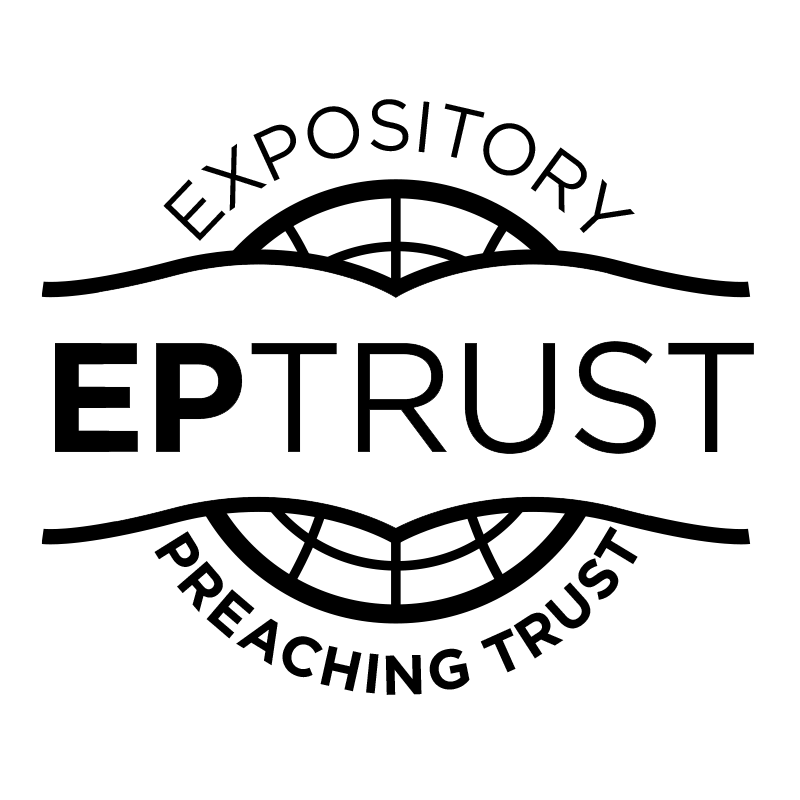A book I have heard of, but until recently have not read, is ‘The Heart is the Target,’ by Murray Capill.
While on a recent holiday, I made it my goal, to read it, and its something I wish I had done by now.
– It’s an excellent book.
I would suggest every preacher should make this required reading, if they have not done so, and if it isn’t, it should be required reading in training preachers, in a Bible college setting.
The purpose of The Heart is the Target, is to ‘help preachers to shape sermons that impact lives with lasting application…’
Murray Capill rightly addresses that the weakness in most preachers, and sermons, is with the area of relevant, text driven, powerful, life changing application; it is far too important to be something we just tack on the end of our talk, a few moralistic platitudes, or what is helpfully described as ‘bolt on’ applications, where he states, (p19-20)
Bolt on applications are predictable, vague, weary (can I add moralistic) applications that are just tacked on to a commentary on the text. Most commonly, these are ‘more’ applications: love more, give more, pray more, read your Bible more, trust more, come to church more, and so on.
I feel the challenge. I know myself to do this at times. I generally work to a page, or word count when writing my talk- 10 pages = around 25 minutes, so I might find myself on the 8th page of writing my talk, then realise I better start putting in some application, and wrap it up.
I have spent far too much time and maybe even have unnecessary detail in my exposition, and although I know the importance of application, simply have run out of time.
And the talk is weakened, and has less impact and relevance as a result.
Where I am challenged is to make the application of the text as high a priority, as the exposition, and to push myself to do the hard work in applying the text. I’m sure you’ll agree, it’s the hardest part in sermon preparation, as Capill observes, p 19:
Application, is hard, ‘to both wound and heal, sing and sting, disturb the comfortable and comfort the disturbed. Its hard to speak to the many different people represented in a church on any given Sunday.
We can have a tendency to rely on commentaries, and rely on the scholars, more than simply thinking on the application.
Some helpful areas, from this book:
We must understand what preaching is.
Preaching is different to lecturing, it is not an ‘information dump’ -which is a trap in particular for young preachers fresh out of college, who can have a tendency to preach ‘listen to how much I know and have learnt in college’ sermons. Such preaching leaves a person impressed more with the preacher, than God. Capill talks of how the Pharisees communicated versus preaching like Jesus, where the scribes and Pharisees, (p33)
who specialised in dull discourses that revolved around quoting dead rabbis and dissecting the minute details of the tradition of the elders. Jesus specialised in cutting to the heart of an issue and speaking to the hearts of his hearers…’
We must understand people. -The heart is the Target…….
Capill writes, (p18)
Generally speaking, those who listen to expository preaching week by week want to hear a Word that impacts their lives. Believe it or not, most people in church on a Sunday are not there just dying to know more about ancient Near-Eastern treaties, or the geography of Asia Minor….they are not looking for slick quick fixes for life, but genuinely desire biblical preaching that will help them live well and die well…’
We need to understand ourselves.
Capill suggests (p82) preaching from a ‘full reservoir,’ that is, all that lives within a preacher.
If, as a person, the preacher is narrow, warped, twisted, or spiritually malnourished, the truth will get squeezed and distorted……. As a preacher examines the biblical text, there is a very real sense in which it examines him….a sermon is the fruit of who we are as a person, as well as of the study we have done in the week leading up to its preaching..
We need to ask more, and the right questions.
Good application comes from asking good, searching questions- of the text, and in general. A good armoury of diagnostic questions is crucial when seeking to apply any passage. Capill suggests digging deeper when seeking to apply a text; for example, moving from telling people simply ‘what to do’, (eg we should pray) to:
How to do it (and how not to). Practical suggestions, prayer list, etc.
What it looks like. (and what it shouldn’t look like) Pictures, or stories of effective prayer.
Why you should. (and why you shouldn’t) Motivations and incentives.
Where you are. (and where you should and shouldn’t be) Help people to measure their own prayer life.
What drives it. (and what shouldn’t drive it) Our prayers should not be driven by fear or pride. ‘The heart is the target’ by Murray Capill is a must read. Do yourself a favour and read it, and if you have read it, give it another go.
Jim Mobbs


